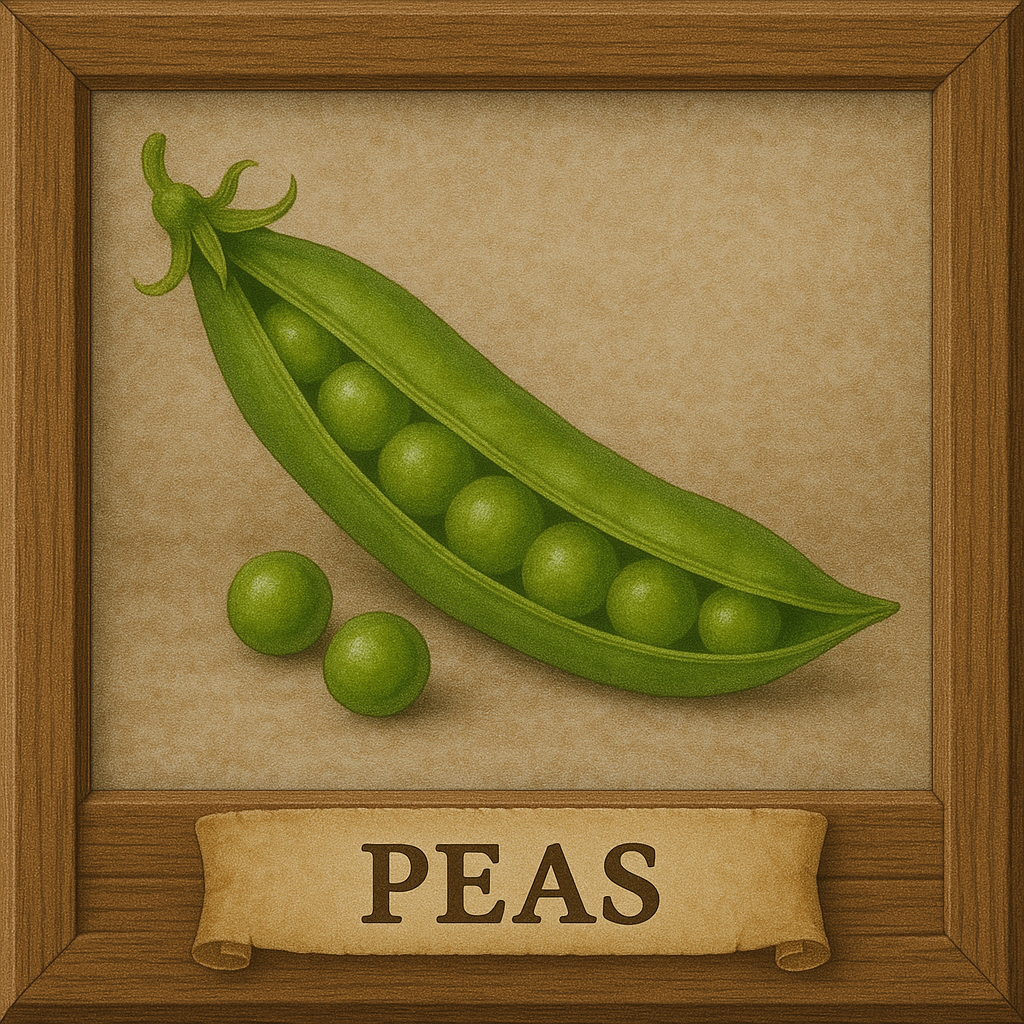
What Is the Internet of Things (IoT)?
And Why is it Important for Farmers?
The Internet of Things (IoT) refers to a growing network of physical devices—sensors, meters, and machines—that collect and exchange data using built-in electronics and wireless signals.
On the farm, IoT often means using sensors to track soil moisture, air temperature, humidity, light, or equipment status. Instead of relying only on observation or gut instinct, growers can use real-time data to guide irrigation, fertilization, disease control, and harvest timing.
These systems didn’t appear overnight. Starting in the early 2000s, as wireless tech got cheaper and more energy-efficient, farmers began experimenting. What began in environmental science and big-industry automation soon made its way to greenhouses, pastures, and orchard blocks.
Some early systems had problems—short battery life, complex setups, poor range. But today’s sensors use long-range, low-power wireless protocols (like LoRa) and small local hubs to quietly log and transmit data without the need for Wi-Fi, cell towers, or constant maintenance.
An IoT setup usually includes:
- Edge devices like soil or weather sensors
- Hubs that collect and relay the data
- Wireless protocols like LoRa, Zigbee, Wi-Fi, or LTE
- A dashboard or tool that helps you make decisions
When it’s well-matched to the environment, IoT gives farmers a wider view with less guesswork—and frees up time for what really matters.
The Boundary Between Human and Machine
Sensors don’t replace experience. They rely on it.
A sensor can read the air. But only a person knows if the reading is due to runoff, a misaligned probe, or just a shift in the wind.
This is the boundary: a handshake, not a firewall. The system listens. The farmer interprets.
Human expertise shapes:
- Where sensors go
- What thresholds matter in a given microclimate
- When to override, adjust, or ignore alerts
- How to interpret patterns the system doesn’t recognize
When systems are built without this collaboration, they fail—confusing users, underdelivering, or fading into disuse. But when they’re designed *with* the grower, they generate clarity instead of complexity.
The best systems don’t try to replace the farmer. They help amplify what the farmer already knows.
Technology as Conversation, Not Command
Growers don’t adopt new tools in a vacuum. They adopt—or resist—based on rhythm, respect, and relevance.
Some embrace IoT as helpful and enabling. Others accept it as necessary. Some ignore it entirely. And some remain cautious—concerned about control, privacy, or added burden.
These aren’t fixed labels. A grower might shift from “caution” to “embrace” when the right solution arrives. But every stance reflects a relationship—to land, to labor, and to change.
Design Implications
- Start with listening. Field trials, co-design workshops, and iterative testing matter.
- Make it interpretable. Black-box AI erodes trust. Farmers want to understand how a decision was made.
- Respect data ownership. Local storage, opt-in sharing, and offline options should be built in from the start.
- Support oral, seasonal, and place-based knowledge. Not all expertise is digitized. Systems should honor what’s already known.
This isn’t about automation for automation’s sake. It’s about extending human judgment with tools that are built for the real world, in conversation with the people who already know the land.
For inquiries about Merit-iot, please feel free to reach out:
Merit-iot Agricultural Computingc/o Brian Butts-Heide
26 Jacob Lane, Suite 305
Halifax, NS B3M 0H6
Canada
[email protected]
Brian's mobile: +1 (902) 719-2516